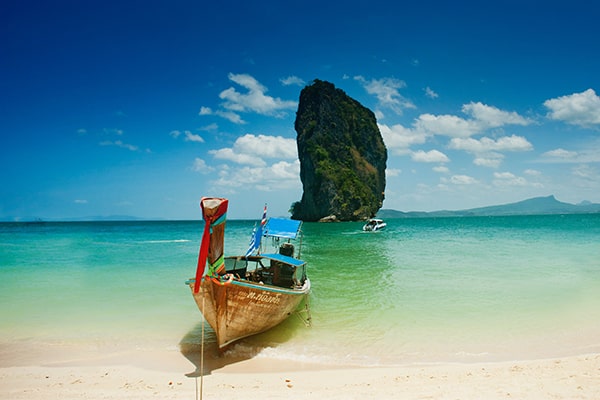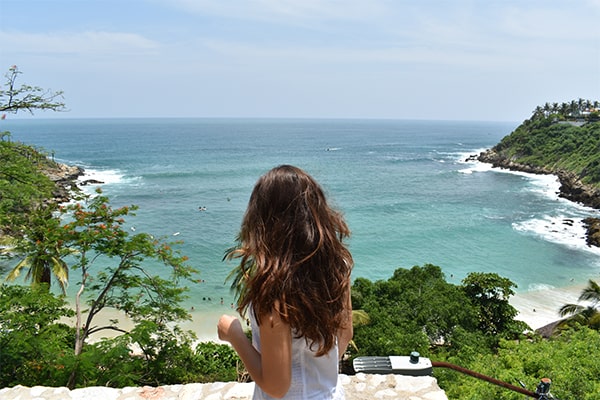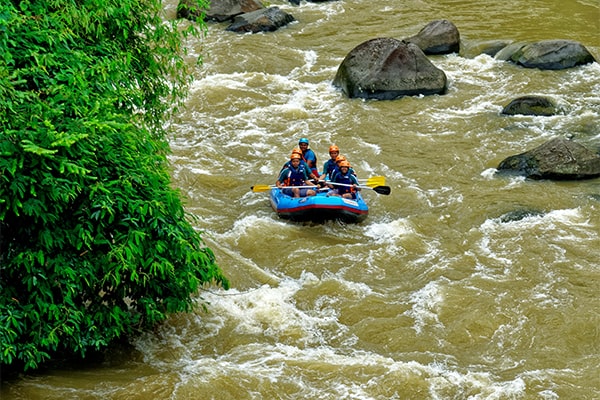
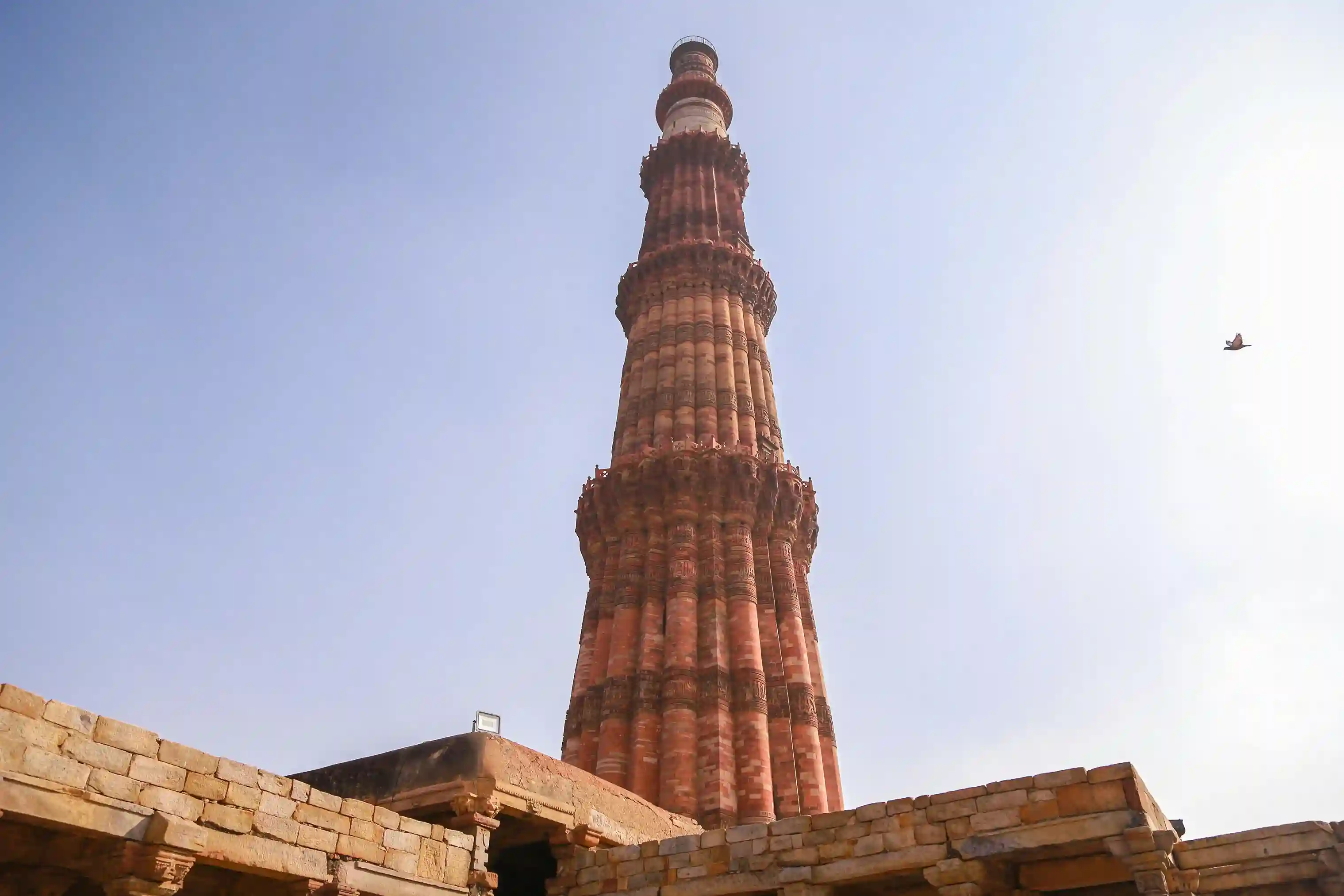
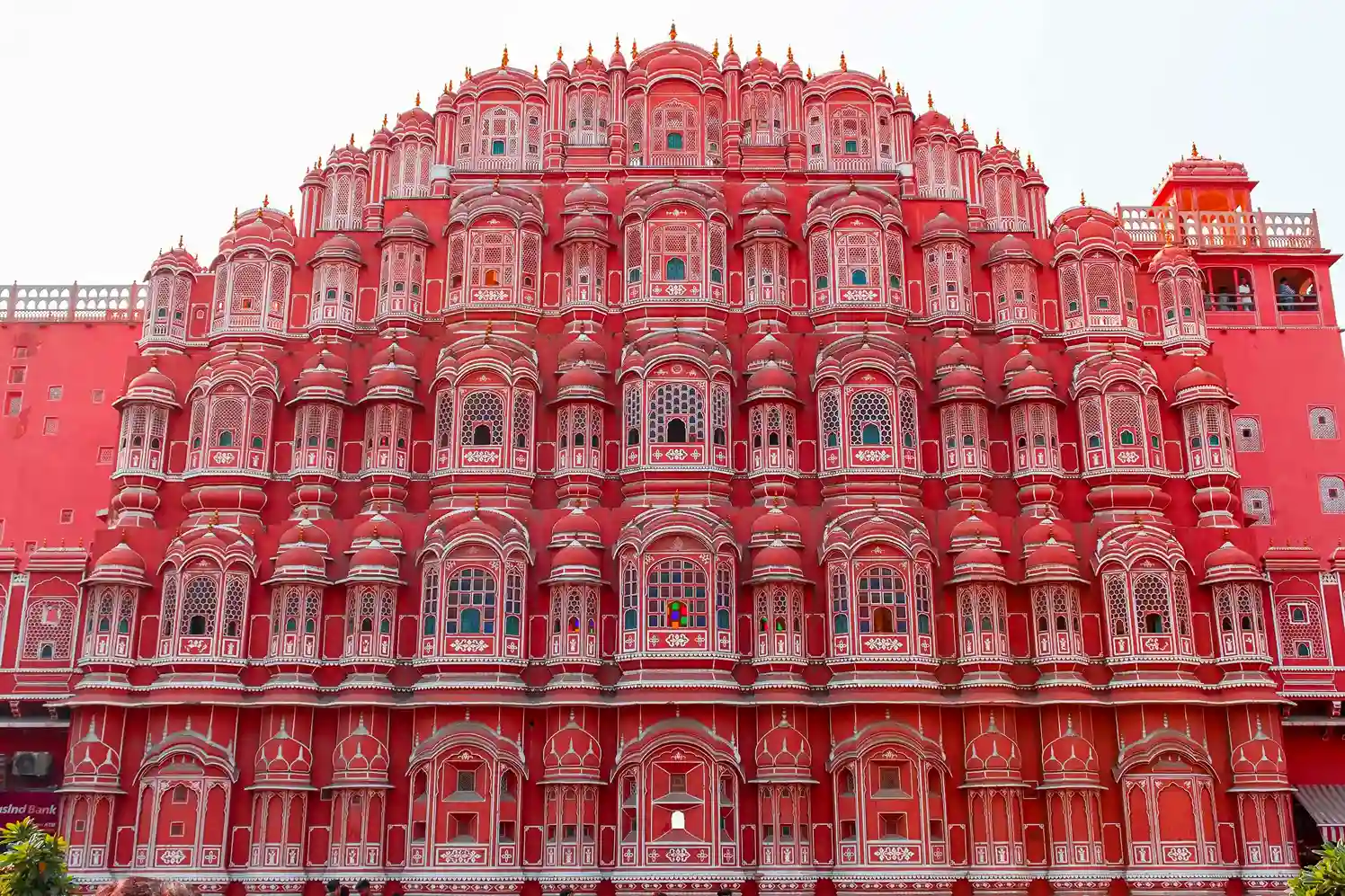


Pushkar Fair
7N / 8D- Accommodation for a total of 10 nights on a Bed &
Breakfast basis.
- Meal Breakfast & Dinner Include in Pushkar Fair.
- Transfers, sightseeing, and excursions as per the tour
program by air-conditioned Vehicle.
- English/Language (of your choice) speaking local
guide/accompanying Guide for sightseeing as per the program.
- All entrance fees to the monuments as mentioned in the
program.
- Elephant cum Jeep ride at Amber Fort and boat ride at
Lake Pichola in Udaipur.
- Cycle rickshaw ride in the local bazaar in Delhi.
- Our representative for assistance on arrival and
departure at the airport.
- All presently applicable taxes including the GST
charges levied recently by the Government.
- All taxes.
- International Fare or Visa Fee etc.
- All the personal expenses as tip, laundry, beverages and bar bill
etc.
- Baggage and personal expenses.
- Any other expenses due to political, act of nature or any other
reason which are beyond control of our or its associate agents.
- Any other meals /things unless specified in inclusions.
- Things not specified in inclusions.
Upon arrival at Delhi airport and
after your immigration clearance and baggage collection and afterwards while
coming out of Airport Exit Gate, you will be met and greeted there by our
office representative and will be transferred to your hotel.
Hotel standard check in time : 1400
Hrs.
Delhi: is one of the oldest continually
inhabited cities in the world. Having been the capital of several empires in
ancient India, Delhi was a major city in the old trade routes from northwest
India to the Gangetic Plains. As the seat of the Government of India, New Delhi
houses important offices of the federal government, including the Parliament of
India. Check in at hotel and rest of the day is free for relaxation cum your
own activities.
After breakfast, proceed for a
full-day private tour, with a guide in English (or language of your choice)
speaking. Visit fascinating Old Delhi for a cultural immersion in
this beautiful historic city. Drive past Red Fort and Jama Masjid: The
Red Fort (Lal Qila) is one of Delhi's top tourist sights. A brilliant red
sandstone fort built by the Mughal Emperor Shah Jahan (who also built Agra's
Taj Mahal) as his ruling palace. Enjoy Rickshaw ride,
passing through the Chandni Chowk market (where craftsmen sell their
wares ) and through the narrow streets of old Delhi where you will come across
the fusion of current traditions and heritage that were built
there. The ride terminates at Jama Masjid mosque which is one of Asia’s largest
mosques with its marble domes and splendor minarets. Continue to Raj
Ghat (where Gandhiji was cremated). Continue your visit to main temple of
Sikhism in Delhi: Gurdwara Bangla Sahib, which was originally a
palace and has a peculiar golden dome. During the temple visit, the opportunity
to participate in food preparation (subject to time availability) in the
communal kitchen run by Gurdwara Committee. Afternoon, continue with tour
of New Delhi, which reflects the legacy the British left behind. The
division between New and Old Delhi is the division between the capitals of the
British and the Mughals respectively. The division in the walled city and New
Delhi also marks the division in the lifestyles. The walled city is all
tradition where one will be able to glean a past lifestyle in all its facets colors
and spells. New Delhi in contrast, is a city trying to live up to the best of
21st century standards. Drive past India Gate, Government buildings, visit
Qutub Minar.
Qutub Minar : also spelled Qutub Minar or
Qutab Minar is the tallest brick minaret in the world and an important example
of Indo-Islamic Architecture. The Qutub Minar and its monuments are listed
as a UNESCO World Heritage Site.
Early morning check out the hotel and proceeds to New
Delhi Railway Station to connect Ajmer Shatabdi Express (12015). After arrival
Ajmer Junction you will be transfer to hotel by surface. Upon arrival check in
at hotel or deluxe camps, placed during Pushkar fair. The village of Pushkar lies
on the edge of the desert. At its heart is one of India’s most sacred lakes.
There are 52 ghats around the lake, and numerous temples. The Brahma temple,
especially, attracts pilgrims all year round. Apart from its religious
significance, Pushkar is known for its Cattle and Camel fair held every year in
the month of Kartik (October/November), which attracts visitors in their
thousands. You can also witness and participate in the evening prayer meetings
in the temples. Being a religious town, alcohol and non-vegetarian food are
taboo. Day free to visit Pushkar fair with yourself or with your guide.
Train Details: - AJMER SHATABDI (12015)
Departure: New Delhi Railway Station (0610 Hrs)
Overnight at
the Hotel.
After Breakfast, you will explore the city mainly
visiting the Pushkar Fair, Pushkar Lake Ghats and
the Brahma Temple, which is one of its kind left in India. You will
be having the experience as stated below. "The Pushkar Fair is no less
than an encyclopedia on the tradition and culture of the state of Rajasthan. It
is the event when a better population of the state can be found at one place
and at one time. It seems as if the whole state has come alive at Pushkar to
stand witness to its pulsating cultural heritage. Villagers gather from all
around the state to enjoy and make merry, breaking all the barriers of hectic
schedules of their lives. Colourful sights at the fair can touch and move even
the sternest heart. Hindu pilgrims can be seen flocking the place to take a
holy dip in the Pushkar Lake, washing away all the sins of the past. Devotees
and worshippers can be seen surrendering themselves at the only Brahma
Temple". After full day witnessing above activities, you return to your
Hotel/Camping site.
Overnight at the Hotel.
After breakfast,
proceed to Jaipur,
Jaipur: is the capital and largest city of
the Indian state of Rajasthan in Northern India. It was founded on 18 November
1727 by Maharaja Sawai Jai Singh II, the ruler of Amber, after whom the city is
named. Jaipur is known as the Pink City of India and well known for its
beautiful carpets, enameled ornaments, precious and semi-precious stones, brass
ornaments and many other arts and crafts”. Upon arrival at Jaipur, Check in at
hotel. Evening at leisure for personal activities or in the evening if time permits
then visit famous The Laxmi Narayan Temple is commonly known
as he Birla Temple and is located beneath the Moti Dungri
Fort.
After breakfast, proceed for the sightseeing tour of
Jaipur visiting Amer Fort with
Elephant Ride. Enroute
stop at Palace on winds (Hawa Mahal) to have photo shoot and
glimpses of this Wind Palace. Later, travel further to visit the city of Amber
and its fort.
Amer Fort is
approximate 10 Kms from Jaipur and is the ancient capital of Jaipur. Fort palace
was constructed in 1652 by King Mansingh. You will get there on the back
of an elephant. Explore the majestic Amer Fort. You will be able to visit the
various rooms, the inner courtyards, the rooms of public hearings, the Mughal
gardens with its star-shaped flower beds. In addition, Amber Fort offers
panoramic views of Lake Maota. After your visit, return down the hill through
Jeep. Time free for some shopping of Handicrafts etc. Lunch at Local restaurant
at your own.
Later, proceed to visit City Palace is one of the major
landmarks in Jaipur. The beautiful palace was built by Maharaja Sawai Jai Singh
during his reign. Among the various forts and palaces of Jaipur, City Palace
stands apart, with its outstanding art and architecture. In the Palace complex
visit Maharaja Sawai Man Singh II Museum. Visit to Observatory or Jantar
Mantar. It is an astronomical observation site built in the early 18th
century. Whose passion for science, engineering, and astronomy prompted him to
construct this complex of fourteen scientific instruments. It’s been over 200
years since they were first constructed, these fourteen structures can still
accurately measure time; predict eclipses, and track stars and planets in their
orbits. Jaipur is famous for Handicrafts, stones and Gems. Group may
visit one of the Handicraft stores for local handicrafts or hand-woven carpets
or stone and Gems place to buy or shop around. later, proceed for Dinner at one
of the old heritage palaces to see the cultural dance performance while having
your dinner to get acquaintance with the local culture of Rajasthan as well.
After breakfast, drive to Agra enroute visit
Abhaneri ( Abhaneri, also spelled Abhaneri, is a village in the
Dausa district of the Indian state of Rajasthan. Abhaneri yields ruins of an
ancient city, Abhaneri, now popular for the Chand Baori step well and Harshat
Mata Temple. It is situated at the Jaipur-Agra Highway.) Later continue your
drive for Agra. Upon arrival check in at the hotel.
Agra : Situated on the bank of River Yamuna, the city is famous for
being the capital of the Mughal emperors from 1526 to 1658. It is a major
tourist destination for its many Mughal-era buildings such as Taj Mahal, Agra
Fort and Fatehpur Sikri, all three of which are UNESCO World
Heritage Sites. Afternoon visit the mythical Red Fort of Agra
(UNESCO), symbol of the power and artistic influence of the Mughal dynasty
standing on the banks of the Yamuna, a tributary of the Ganges. The Agra
Fort is one of the most important and robustly built strongholds of
the Mughals, built at the bank of River Yamuna, is situated in the center of
the town. Various styles of the architecture are evident within the fort and
demonstrate the love of Mughal Emperors towards building beautiful monuments.
It is the seat and the stronghold of the Mughal Empire under successive
generations.
Before Breakfast, early morning - Visit the
incredible Taj Mahal by sunrise (UNESCO), a white marble
mausoleum built by the Mughal emperor Shah Jahan.
The Taj Mahal built by Mughal Emperor Shah -Jahan for
his Empress Mumtaz. The construction of this monument of love is believed to
have taken 22 years to complete with over 20,000 craftsmen working round the
clock. The white marble was quarried 200 miles away and was transported to the
site by a fleet of 1000 elephants.
Taj Mahal remains closed on every Friday.
Request Price
Fill in your details and we’ll get back to you with the best travel options.
